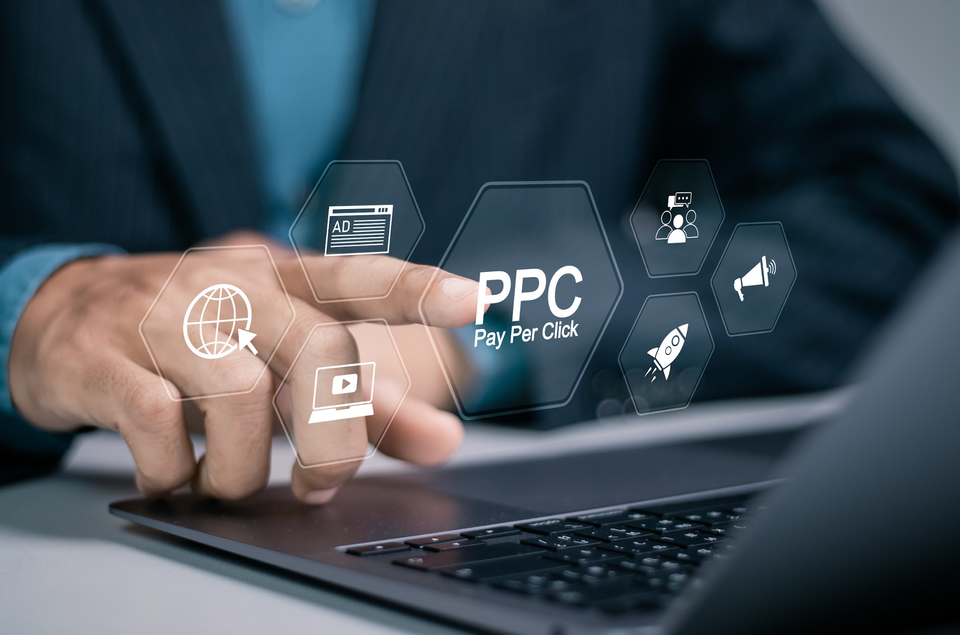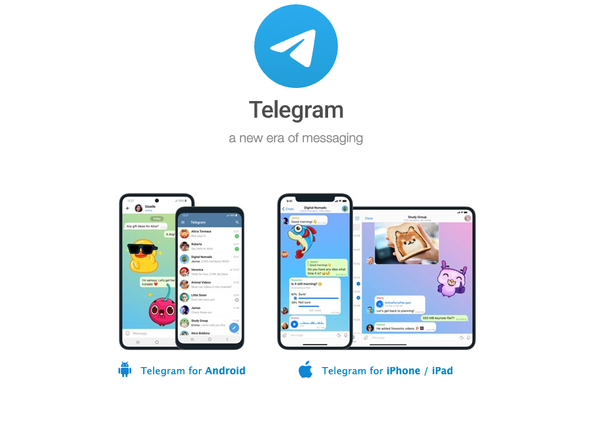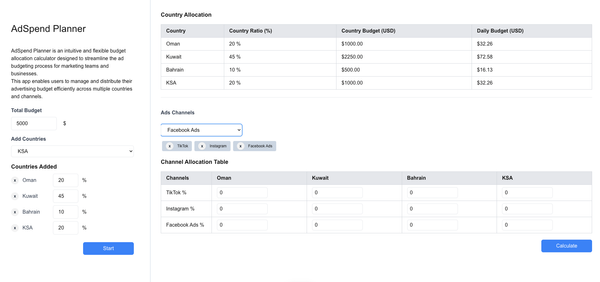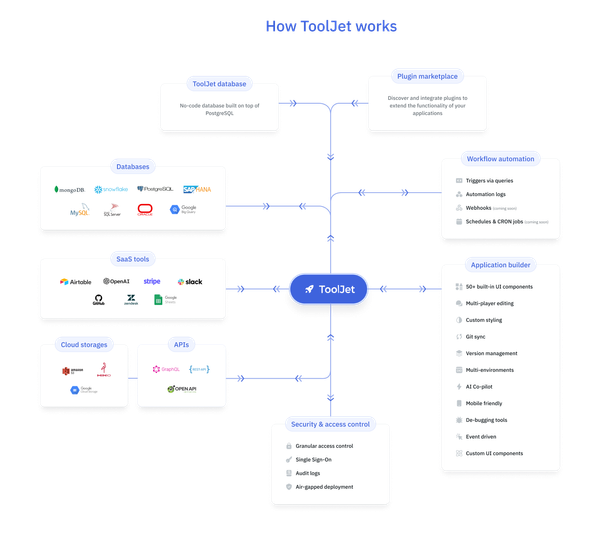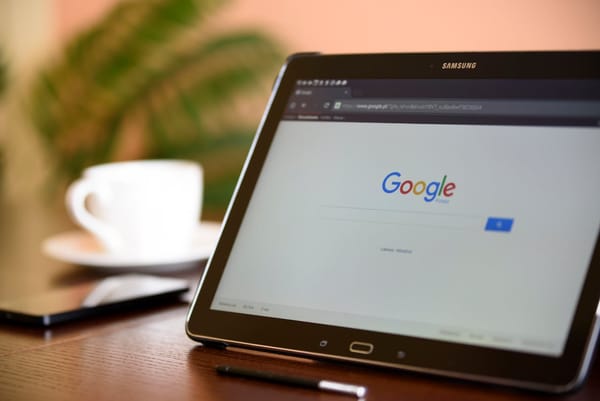What Is A Paid Advertising Strategy And How Can It Boost Your Business?
Table of Content
In digital marketing, a paid advertising strategy uses targeted paid media to enhance visibility, attract customers, and boost sales. By identifying the audience, selecting platforms, creating compelling ads, and optimizing campaigns, businesses achieve immediate exposure and measurable results, driving significant growth and conversions. This approach offers scalability, precise targeting, and enhanced brand awareness, driving significant growth and conversions.
What Is A Paid Advertising Strategy?
A paid advertising strategy leverages paid media to promote products and services, offering immediate visibility and targeted reach. Key steps include identifying the audience, selecting platforms, creating compelling ads, and managing budgets. Continuous optimization based on performance metrics ensures effectiveness. Benefits include rapid exposure, precise targeting, measurable outcomes, scalability, and enhanced brand awareness, driving significant growth and conversions.
A paid advertising strategy can be further amplified by collaborating with an advertising agency in London. These agencies bring extensive expertise, innovative approaches, and access to advanced tools, ensuring campaigns are both creative and effective. By partnering with a professional advertising agency London, businesses can tap into local market insights, optimize ad placements, and leverage cutting-edge technologies. This strategic partnership ultimately leads to more efficient use of advertising budgets and higher return on investment.
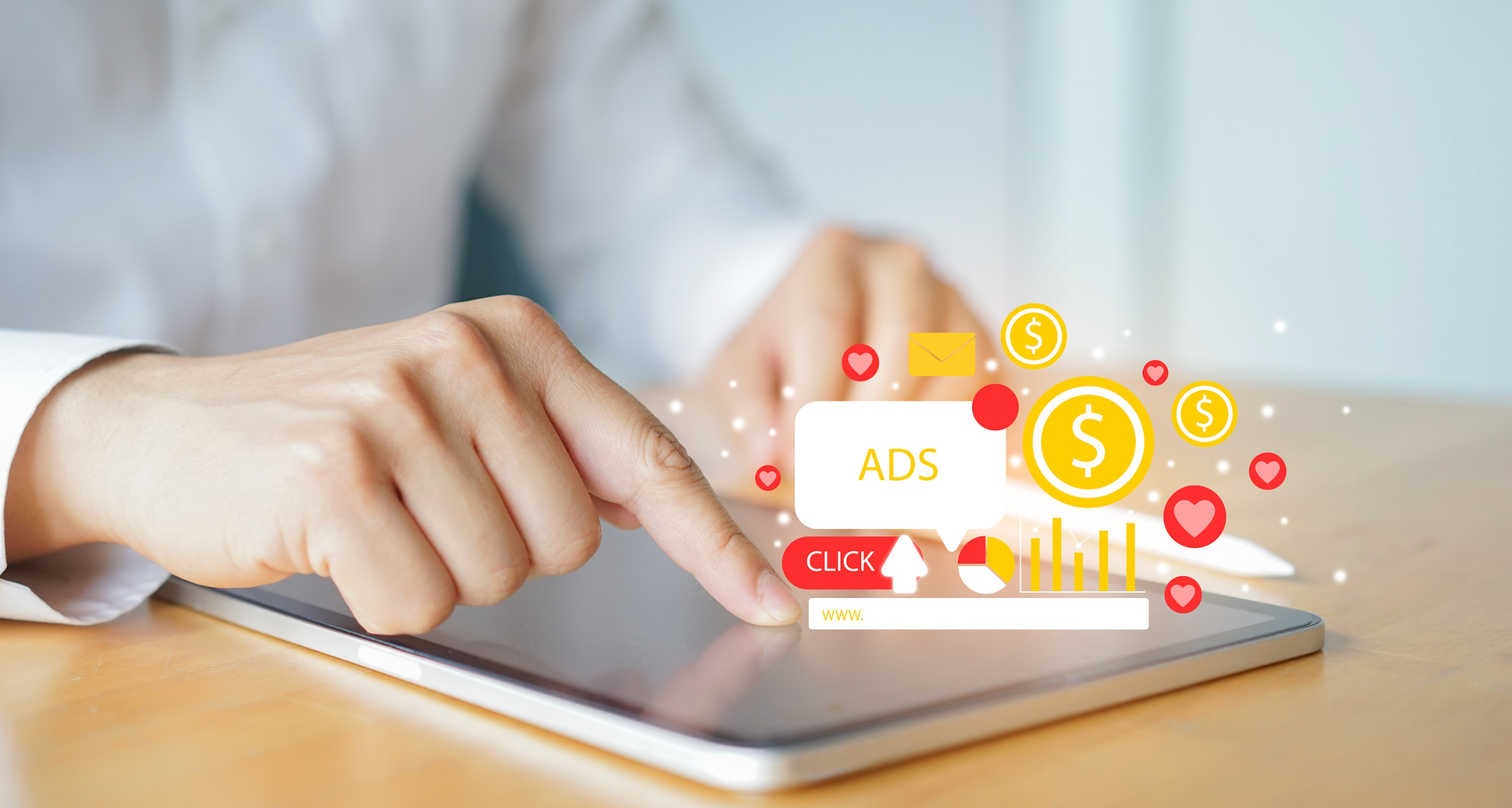
Types of Paid Advertising
Your paid ad marketing strategy can take many forms, each designed to meet different business goals and reach various audiences. Here are some of the most common types:
1. Pay-Per-Click (PPC) Advertising
PPC advertising is a system where advertisers pay each time someone clicks on their ads. A good ad strategy drives targeted traffic, offers measurable results, and provides cost control and flexibility but requires regular management.
2. Display Advertising
Display advertising is a digital marketing strategy that uses banner ads on websites, apps, and social media to capture attention and boost brand awareness. It offers broad reach and precise targeting but faces challenges like ad blindness and blockers.
3. Social Media Advertising
Social media advertising uses targeted ads to build brand awareness, drive engagement, and optimize spending despite challenges like ad fatigue and privacy concerns. With social ad campaigns, you can effectively reach specific demographics, track performance in real time, and adjust strategies to maximize return on investment.
4. Native Advertising
Native advertising seamlessly integrates with platform content, enhancing user experience and engagement through targeted ads like sponsored articles and promoted posts, offering high reach and credibility with clear disclosure.
With paid marketing, businesses can leverage various channels to effectively promote their products or services, ensuring precise audience targeting, measurable results, and the flexibility to adjust campaigns for optimal performance and return on investment.
5. Video Advertising
Video advertising engages audiences on platforms to leverage viral marketing. It uses various formats and targeting methods to boost brand awareness and drive engagement despite production costs and ad avoidance.
6. Influencer Marketing
Influencer marketing uses popular social media personalities to promote products, boosting credibility and targeting specific audiences on platforms like Instagram and YouTube, though it can be expensive and tricky to control.
How Paid Advertising Can Boost Your Business
Implementing a paid advertising strategy can offer numerous benefits, driving growth and enhancing your business's overall performance. Here's how:
1. Increased Visibility and Reach
Paid search advertising and sponsored content provide instant visibility for your brand. Unlike organic strategies, which can take months to gain traction, paid ads can place your business in front of a large audience almost immediately. This is particularly beneficial for new businesses looking to establish a market presence quickly.
2. Targeted Advertising
Whether it's ad targeting based on demographics, geographic location, interests, or online behavior, paid advertising ensures your message reaches those consumers who are most likely to be interested in your offers.
This level of targeting increases the efficiency and effectiveness of your marketing efforts as evidenced by your ad performance metrics like cost per acquisition and ad conversion rate.
3. Measurable Results
Paid ad platforms provide detailed analytics and performance metrics. You can track impressions, clicks, conversions, and the overall return on investment (ROI). This allows you to refine your campaigns continuously and get the most out of your advertising spend.
4. Enhanced Brand Awareness
Even if users don’t click on your ad right away, repeated exposure enhances recognition and recall. Over time, this consistent visibility builds trust and familiarity and they'll likely choose your brand when they are ready to make a purchase.
5. Cost-Effective
While paid advertising requires an upfront investment, it can be highly cost-effective when executed correctly. For instance, PPC campaigns only charge you when someone clicks on your ad. This ensures your budget is spent on users who have shown interest in your offering. Additionally, many platforms allow you to set daily or monthly spending limits, so you have complete control over your advertising budget.
6. Speed and Flexibility
Paid advertising campaigns can be set up and adjusted quickly. If a particular strategy isn't yielding the desired results, you can tweak your approach in real time, testing different ad creatives, targeting options, and bidding strategies. This enables companies to respond promptly to market changes and opportunities.
7. Complementary to Organic Strategies
Paid advertising is one of the best marketing tactics that doesn't have to stand alone; it can complement your organic marketing efforts. For example, using PPC to drive traffic to a high-quality blog post can improve the post's visibility and potential to rank organically in the future. Similarly, promoting a social media post can boost its reach and engagement, supporting your overall social media strategy.
8. Competitive Advantage
In many industries, competitors are already using paid advertising to attract customers. By leveraging paid advertising, you can ensure that your business remains competitive and doesn't lose market share to more aggressive advertisers.
Best Practices for Effective Paid Advertising
The primary benefit of paid search is that it provides immediate visibility and highly targeted reach, driving traffic and potential conversions to your website efficiently. To maximize the benefits of a paid advertising strategy, it's essential to follow best practices. Here are some tips to guide your efforts:
1. Define Clear Objectives
Before launching any paid advertising campaign, define your goals. Whether you want to increase website traffic, generate leads, or boost sales, having clear objectives will guide your strategy and help you measure success.
2. Know Your Audience
Understanding your target audience is crucial. Use audience insights to create detailed buyer personas and tailor your ad messages to resonate with their needs and preferences.
3. Create Compelling Ad Copy and Creatives
Your ads need to stand out and capture attention. Invest time in creating high-quality ad copy and visuals that convey your message clearly and compellingly. When it comes to gauging your marketing tactics, A/B testing different versions can help you determine what works best.
4. Optimize Landing Pages
Ensure that landing pages where your ads lead are relevant, user-friendly, and optimized for conversions. This can significantly improve your campaign's effectiveness.
5. Monitor and Adjust
Regularly review your campaign performance data and make adjustments as needed. Look for trends and insights that can help you refine your targeting, ad creatives, and bidding strategies.
6. Utilize Retargeting
Retargeting ads are shown to users who have previously visited your website but didn't convert. It reminds customers of your offerings and entice them to return and complete their purchase.
7. Leverage Automation and AI
One of the best paid advertising strategies is implementing automation and artificial intelligence. Many advertising platforms offer automation and AI-driven tools to help optimize your campaigns. These tools can manage bids, target the right audiences, and even create ad variations based on performance data.
Conclusion
A well-executed paid advertising strategy boosts growth by providing immediate visibility, targeting specific audiences, and driving measurable results. To maximize the effectiveness of your paid advertising strategies, define clear objectives, understand your audience, create compelling ads with clear calls to action, and continuously monitor and adjust campaigns based on performance data for optimal results.


